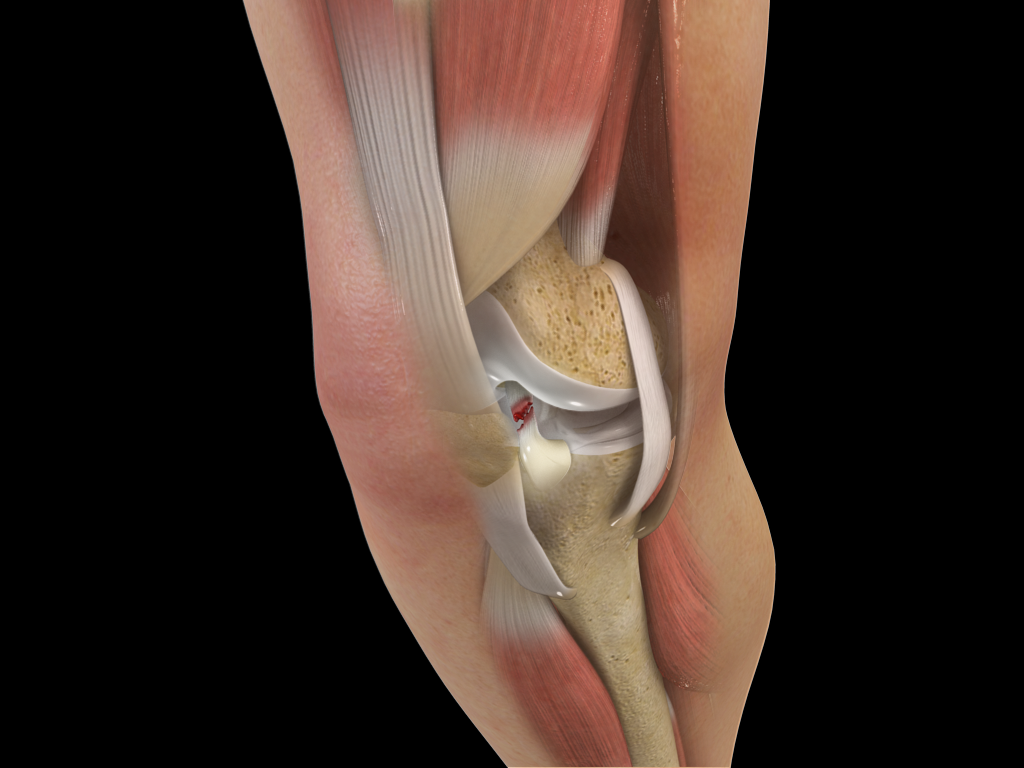
/knee-pain-instability-2549493-5c04aaf946e0fb00010b8e7a-b0ef89c536aa4cd7a9db3f927d72597b.png)

Our joints contain small, slippery sacs called bursae that help muscles and tendons slide smoothly over our bones. Faster and more comfortable rehabilitation.Faster recovery and return to regular activities.

Because it is minimally invasive, arthroscopy offers the patient many benefits over traditional surgery. Knee injuries that are frequently treated using arthroscopic techniques include meniscal tears, mild arthritis, loose bone or cartilage, ACL and PCL tears, synovitis (swelling of the joint lining) and patellar (knee cap) misalignment. Sports injuries are often treatable with arthroscopy. For some patients, it is then possible to treat the problem using a few additional instruments inserted through small incisions around the joint. During an arthroscopic procedure, a thin fiberoptic light, magnifying lens and tiny television camera are inserted into the knee, allowing your doctor to examine the joint in great detail. The details, risks and benefits of surgery, as well as the different surgical options, will be discussed during a pre-surgical consultation.Īrthroscopy is a minimally invasive procedure that allows doctors to examine tissues inside the knee. Your doctor will determine whether or not surgery is recommended for you after a thorough evaluation of your condition, as well as consideration of your age, activity level and overall health. About half of ACL injuries are also accompanied by damage to the meniscus, cartilage, bone or other ligaments in the knee. ACL injuries occur most often in athletes as a result of direct contact, landing awkwardly after a fall or playing recklessly. Running diagonally through the middle of the joint, the ACL works together with three other ligaments to connect the femur (upper leg bone) to the tibia (lower leg bone). The ACL (anterior cruciate ligament) is one of the most commonly injured ligaments in the knee. The details, risks and benefits of surgery, as well as the different surgical options, will be discussed during a pre-surgical consultation. Your doctor will discuss with you whether or not surgery is recommended after a thorough evaluation of your condition, as well as consideration of your age, activity level, and overall health. In many cases, patients will not be able to resume high-level athletic activity without surgery. While not all ACL injuries will require surgery, leaving the ligament torn or damaged puts the patient at risk for recurring episodes of knee instability. Signs that you may have injured your ACL include pain, swelling and instability immediately after the injury, followed hours later by greater swelling and pain, limited motion, tenderness and an inability to walk comfortably. ACL injuries occur most often in athletes as a result of a sudden deceleration, pivot and twist on the leg, direct contact, landing awkwardly after a fall, or playing recklessly. Knee pain is a common ailment that affects thousands of people in the US each year. Walking, sitting and standing all put pressure on our knees, while most athletic activities rely on them as well. The constant use of the lower extremities makes them an easy target for injury and pain, specifically in the knees. Shoulder Impingement and Subacromial Decompression.Shoulder Dislocation and Bankart Repair.Physical Therapy For Shoulder Conditions.


 0 kommentar(er)
0 kommentar(er)
